The La Sagrada Familia Parish in Barangay Sulipa, Gerona, Tarlac, is a notable landmark in the region.
Designed by the late Rev. Fr. Alex Bautista (1969–2020), the church was constructed in 2017.
Fr. Bautista, who also designed the Saint Josemaria Escriva Parish—the first church in Asia dedicated to the saint—described La Sagrada Familia Parish as a testament to how "faith, culture, and environment contribute to the design of a church replete with heritage values."
Beyond its architectural significance, La Sagrada Familia Parish serves as a vibrant spiritual and community center.
It hosts regular masses, religious celebrations, and cultural events, drawing both parishioners and visitors from across Tarlac and beyond.
The church has become a pilgrimage site, admired for its beauty and the spiritual devotion it inspires.
With its deep connection to faith, history, and local identity, La Sagrada Familia Parish stands as a lasting tribute to Fr. Bautista's legacy—an enduring symbol of devotion and artistic excellence in the heart of Barangay Sulipa.
Learn more here:
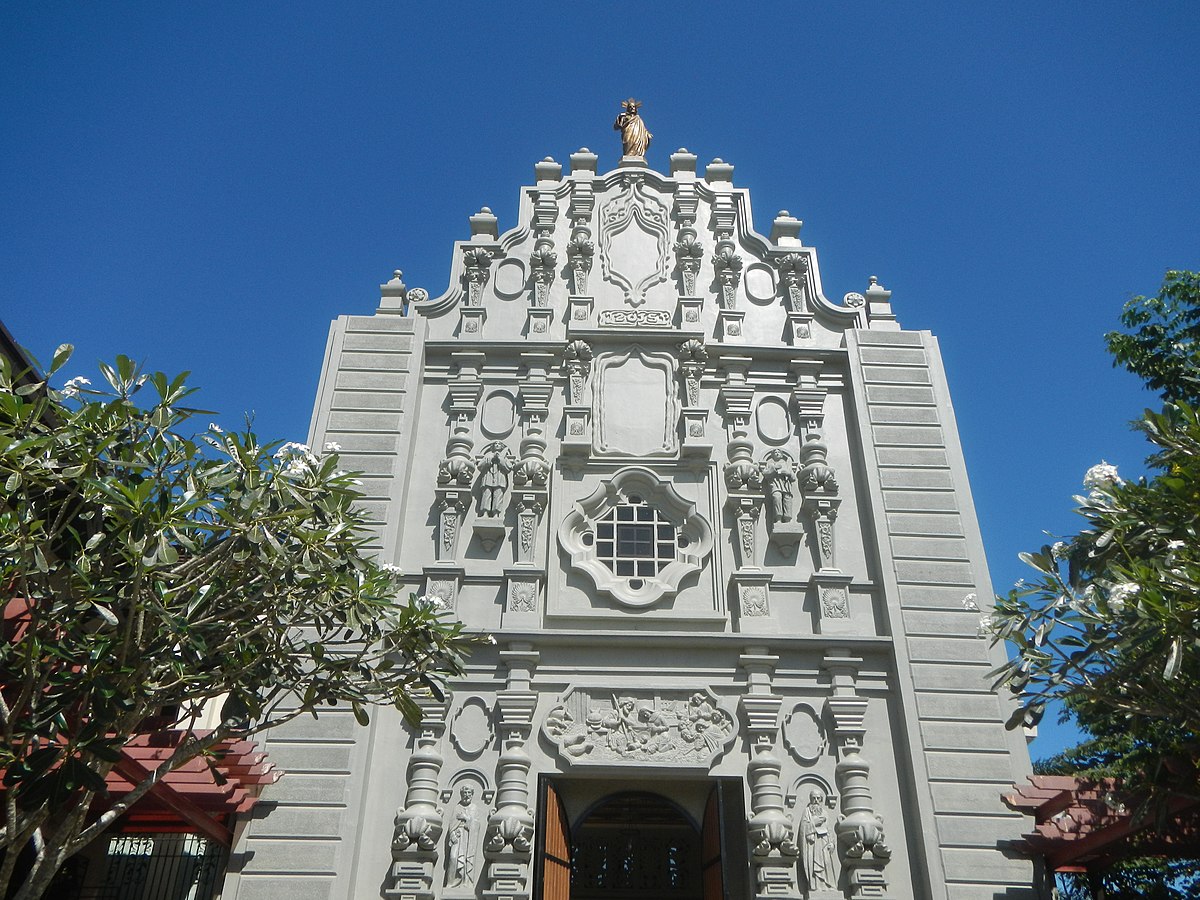
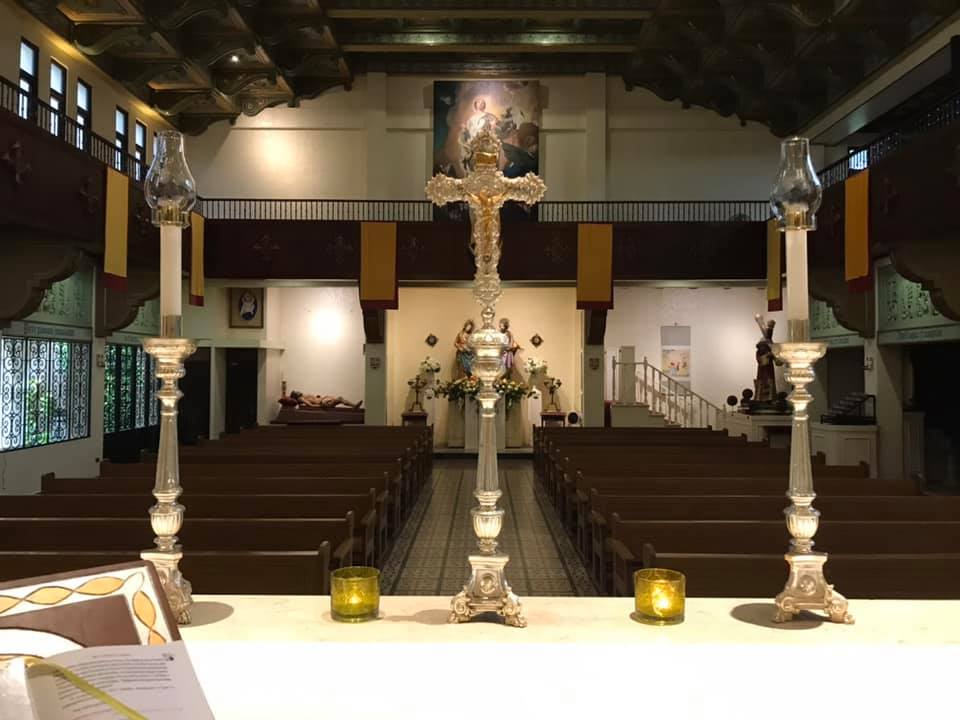
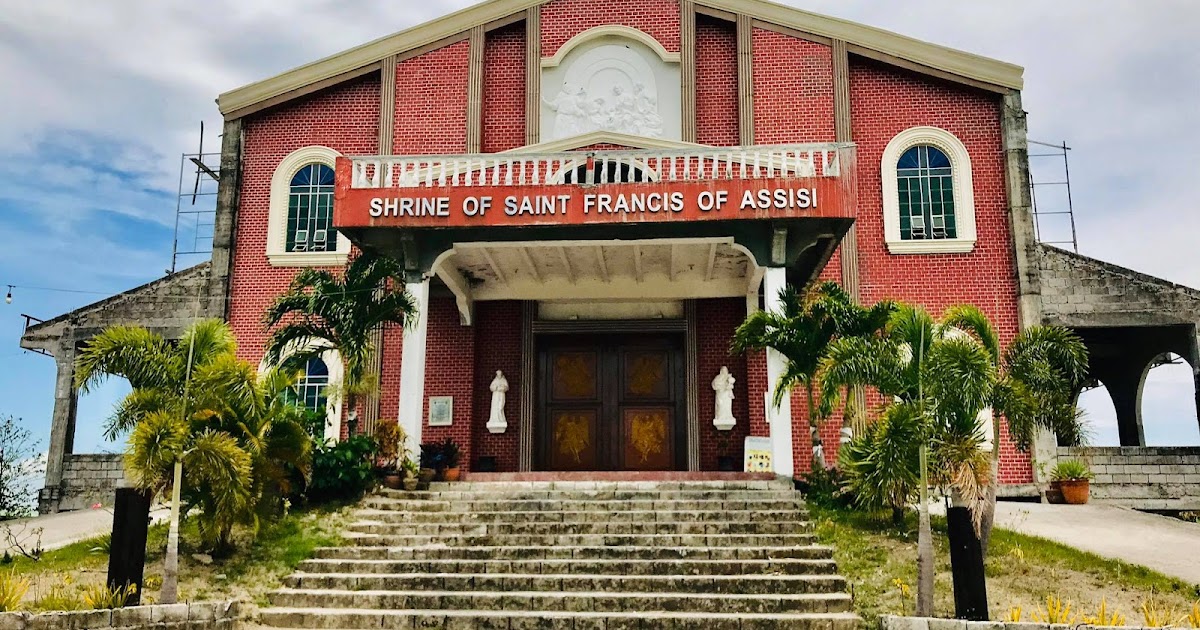
Paramotoring in Tarlac began as a recreational activity for local flying enthusiasts and has grown into a popular attraction for tourists seeking adventure.
The province’s wide-open spaces, favorable weather, and scenic views make it an ideal spot for this sport.
Over the years, it has become a symbol of Tarlac’s commitment to promoting eco-friendly tourism and outdoor adventure.
Experience the thrill of flying with paramotoring in Tarlac! Soar above stunning landscapes, with breathtaking views of mountains, rivers, and vast fields. Feel the freedom of the open sky as you glide smoothly, making it perfect for adventure seekers and first-time flyers. With professional guides ensuring safety, it’s an unforgettable experience offering excitement, relaxation, and incredible photo opportunities.
Don’t miss the chance to see Tarlac from a whole new perspective!
Learn more here:
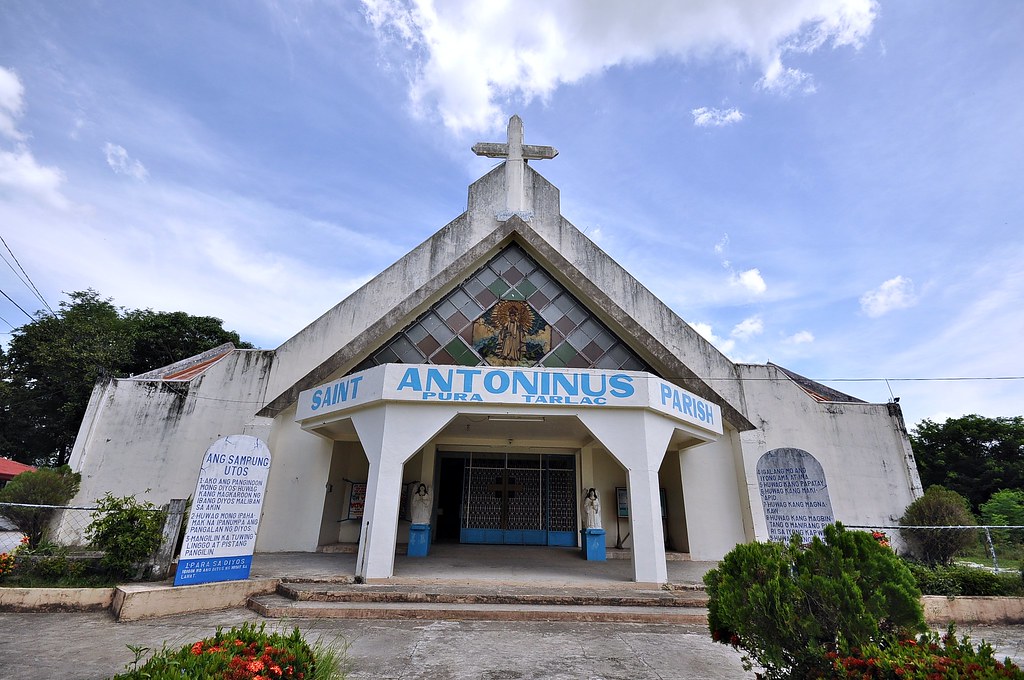
The St. Antoninus Parish Church in Pura, Tarlac, is a significant religious landmark with a history dating back to 1887. The parish is dedicated to St. Antoninus of Florence, a revered Italian Dominican friar and archbishop from the 15th century, known for his piety and contributions to the Church. Architecturally, the church features a triangular facade complemented by a canopy at the entrance, with the belfry positioned on the left side. Inside, the church houses a beautifully designed altar and nave, reflecting the devotion of its parishioners.
As part of the Diocese of Tarlac, under the Vicariate of St. Catherine of Alexandria, St. Antoninus Parish continues to serve as a central place of worship and community gathering in Pura.
Learn more here:
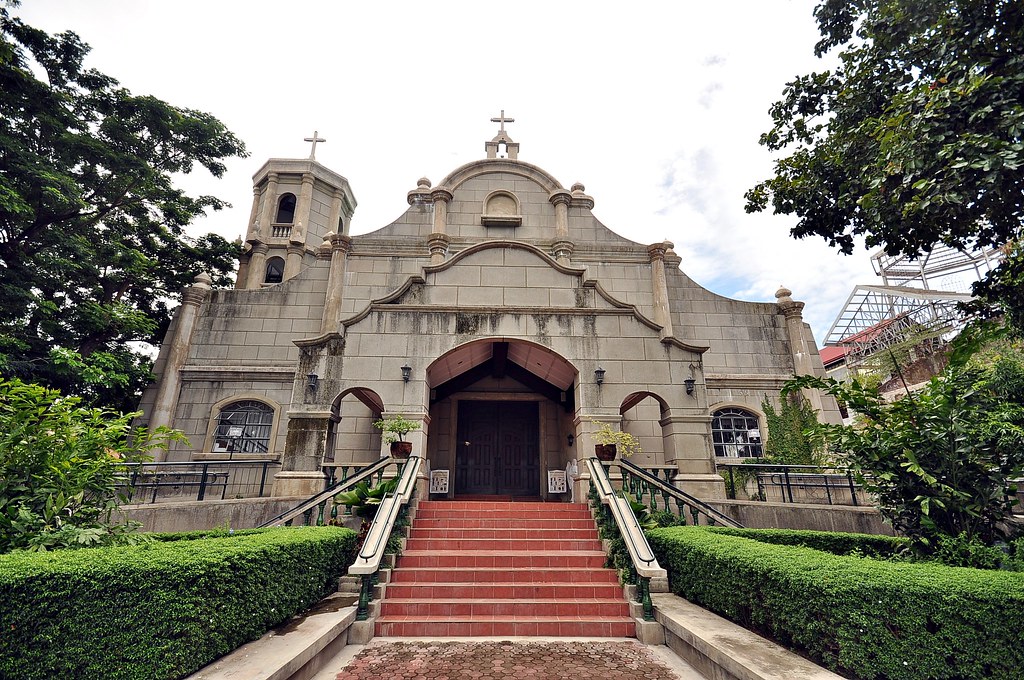
The St. Michael the Archangel Parish Church in Camiling, Tarlac, has a rich history dating back to the 18th century. Established in 1874, it stands as one of the oldest religious structures in the province. The original church, built during the Spanish colonial period, showcased Baroque architectural features. Unfortunately, in 1997, a devastating fire gutted its interior, leaving only the facade and buttresses intact. Over the years, these remnants have been encroached upon by business establishments, with some parts repurposed inappropriately. Heritage advocates and local residents have been campaigning for the church's restoration since March 2018.
The parish celebrates its annual fiesta in honor of St. Michael the Archangel, reflecting the deep-rooted faith and traditions of the Camiling community.
Learn more here:
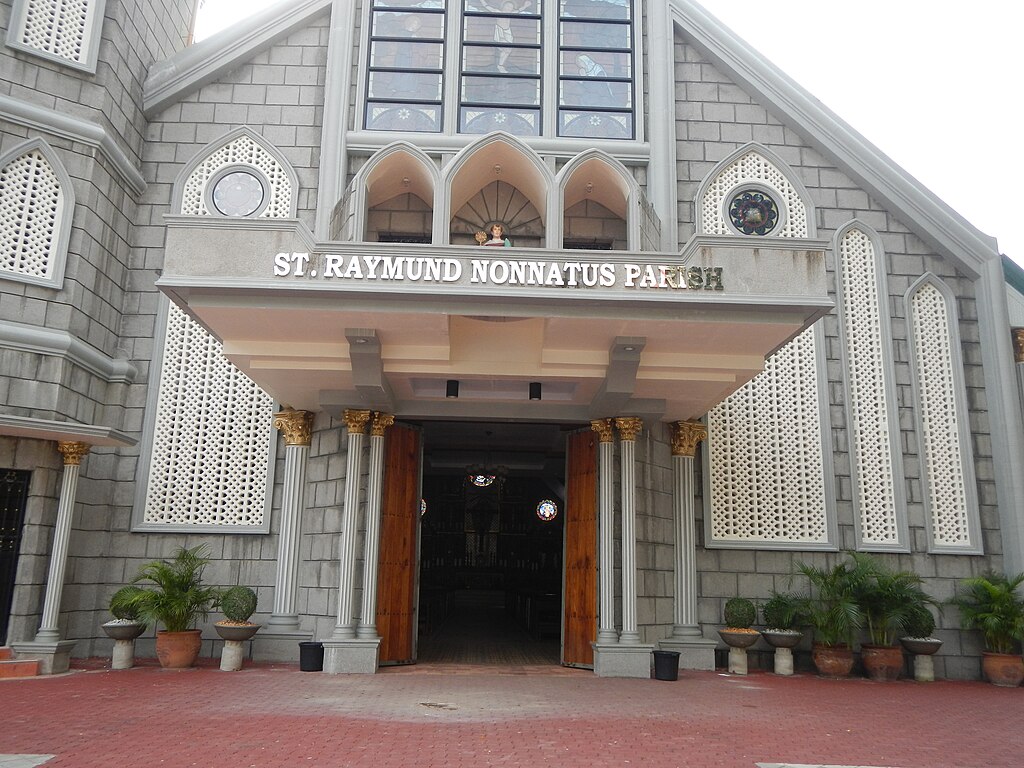
The St. Raymund Nonnatus Parish Church in Moncada, Tarlac, holds a significant place in the town's history and spiritual life. The parish, established in 1804, is dedicated to St. Raymund Nonnatus, whose epithet "Nonnatus" (Latin for "not born") refers to his birth by cesarean section after his mother's death.
Today, the St. Raymund Nonnatus Parish Church continues to serve as a central place of worship and community gathering in Moncada, reflecting the town's rich history and enduring faith.
Learn more here:
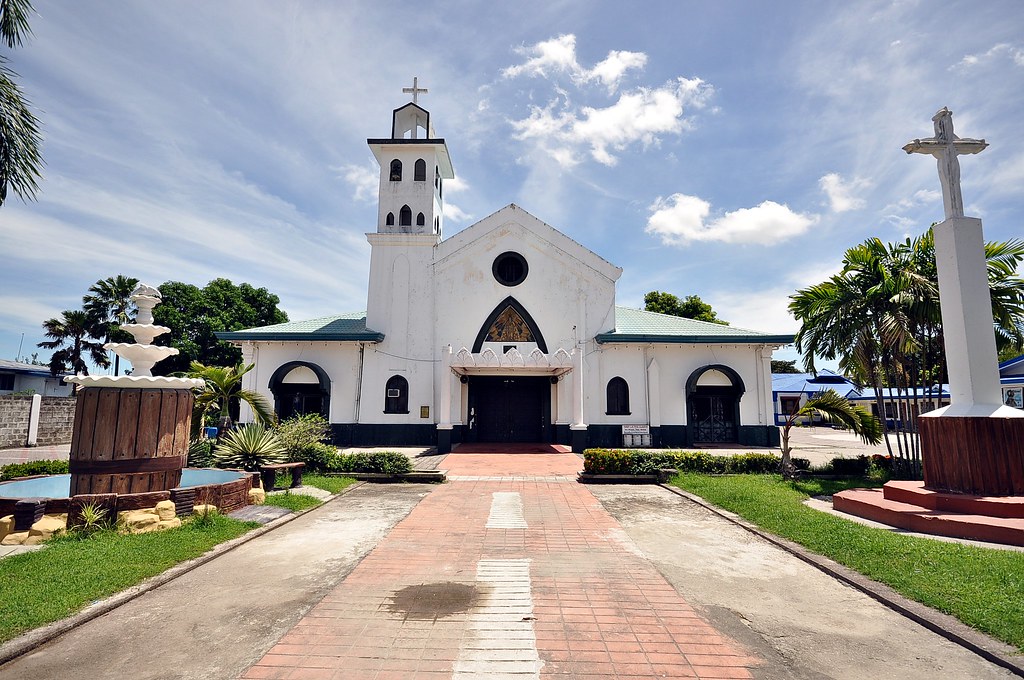
The Our Lady of Peace and Good Voyage Parish Church in La Paz, Tarlac, holds a significant place in the town's history and spiritual life. Established around 1917, the parishioners acquired the revered image of Nuestra Señora de la Paz y Buen Viaje through collective donations. This image has since become the town's patroness, with her feast day celebrated annually on January 24.
The town of La Paz itself has a rich history. Originally a barrio of Tarlac, it became an independent municipality in 1892, named in honor of its patroness. The first Catholic church in La Paz was constructed around 1917, coinciding with the acquisition of the image of Our Lady of Peace and Good Voyage.
Today, the Our Lady of Peace and Good Voyage Parish Church continues to be a beacon of faith and hope, drawing devotees and pilgrims from various regions, all testifying to the profound impact of the patroness on their lives.
Learn more here:
St. John Nepomucene Parish Church, located in Anao, Tarlac, has a rich history intertwined with the town's development. Anao was established as a municipality on March 16, 1870, after separating from Paniqui, which was then part of Pangasinan province. The town's early settlers were primarily Ilocano-speaking immigrants from Paoay, Ilocos Norte, who initially named their settlement "Balete" due to the abundance of balete trees in the area. This name later evolved to "Anao," derived from the Ilocano word "Danao," meaning creek.
The parish church, dedicated to St. John Nepomucene, was established in 1935. It is situated in the town center near the municipal hall and is part of the Roman Catholic Diocese of Tarlac.
The church serves as a central place of worship and community gathering for the predominantly Ilocano-speaking population of Anao.
Learn more here:
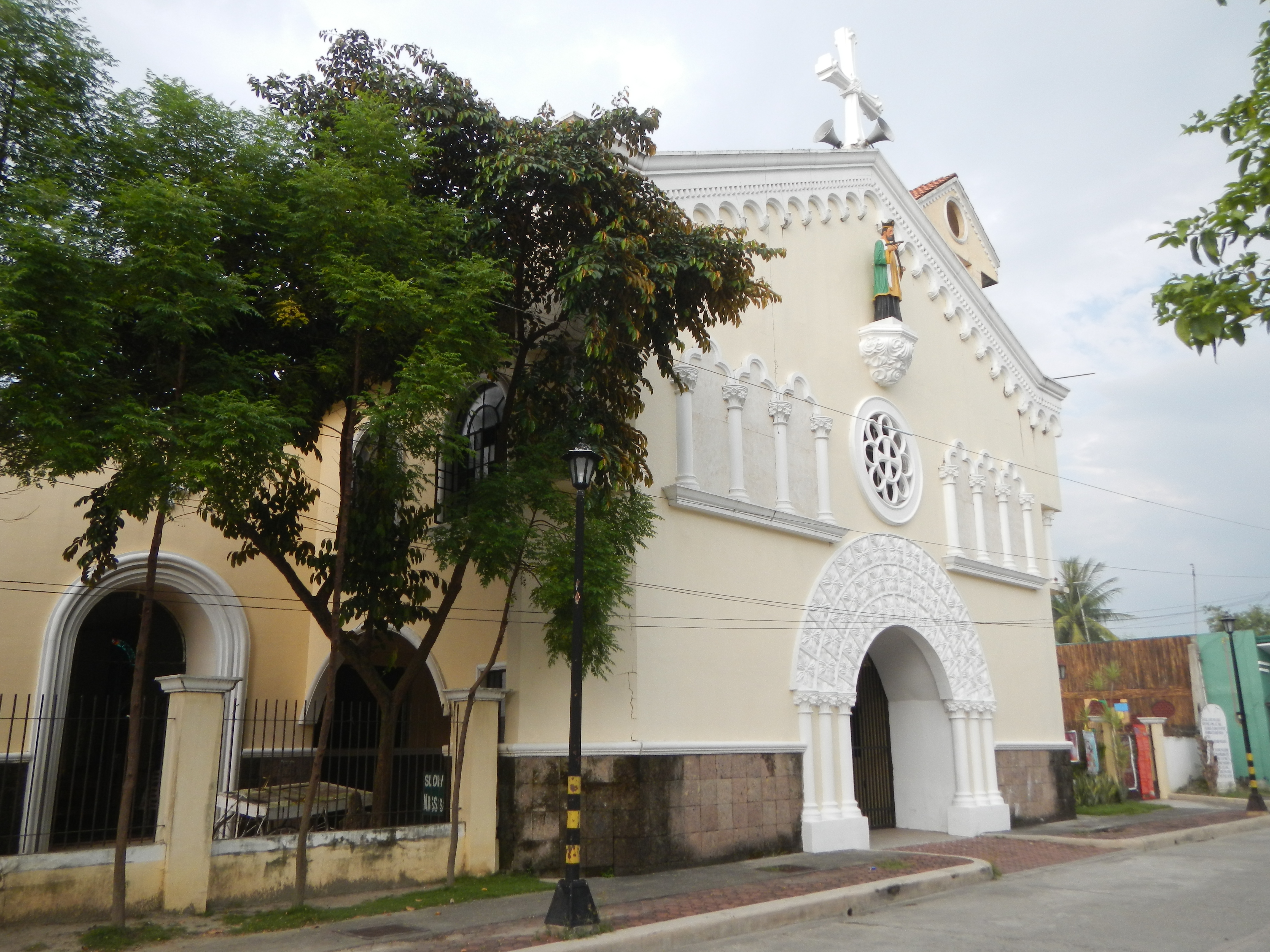
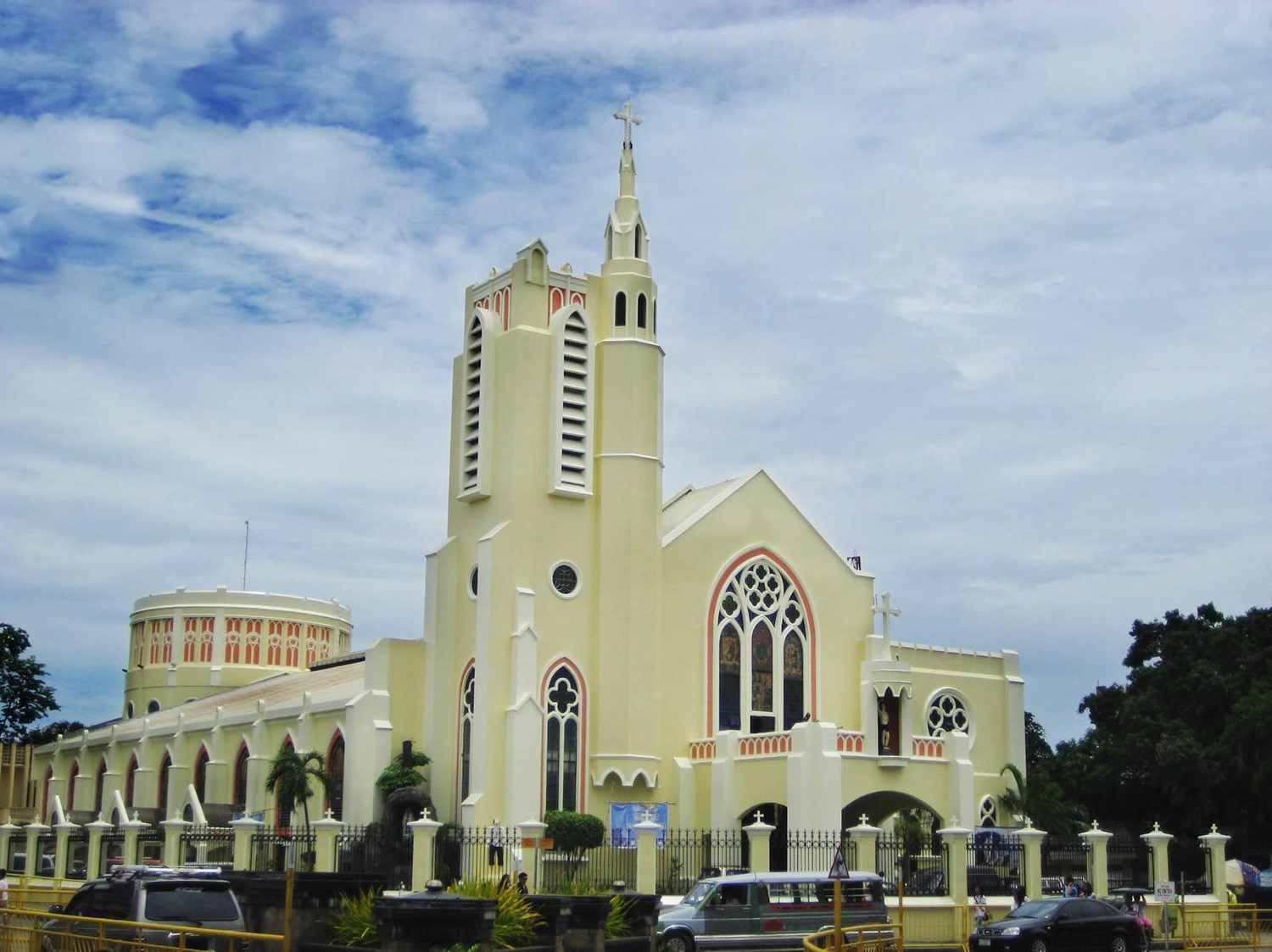
San Sebastian Cathedral Parish, or Tarlac Cathedral, dates back to 1686 when it was established by priests from Magalang, Pampanga. It became an independent parish in 1727 but was briefly annexed back to Magalang in 1757.
The first church was built in 1740, and a new stone-and-wood structure was completed in 1890. Unfortunately, it was destroyed in World War II and later rebuilt.
On July 15, 2022, a historical marker was installed, recognizing its significance. Today, it serves as the seat of the Diocese of Tarlac and remains a major place of worship in the city.
Learn more here:
Santo Niño Parish Church, located in Barangay Santo Niño, Bamban, Tarlac, was canonically established in 1812 by Augustinian missionaries who arrived in the area in the early 1700s.
The current church structure was founded in 1936. During World War II, the church suffered significant damage but was subsequently restored.
Notably, the front arch featuring the image of Santo Niño is the only original structure that remains intact.
In 1991, the eruption of Mount Pinatubo led to lahar flooding in Bamban and surrounding towns, causing residents to evacuate to higher grounds, such as the Dapdap Resettlement area.
Fortunately, the church, situated on elevated terrain, was not affected by the lahar flow.
Today, Santo Niño Parish Church continues to serve as a vibrant center for worship and community activities in Bamban.
Learn more here:
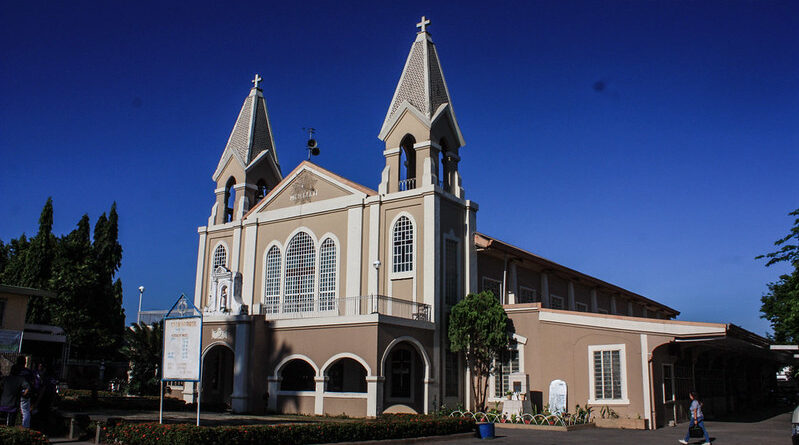
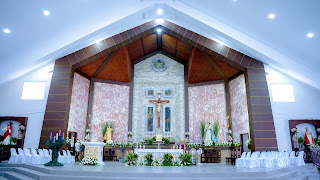
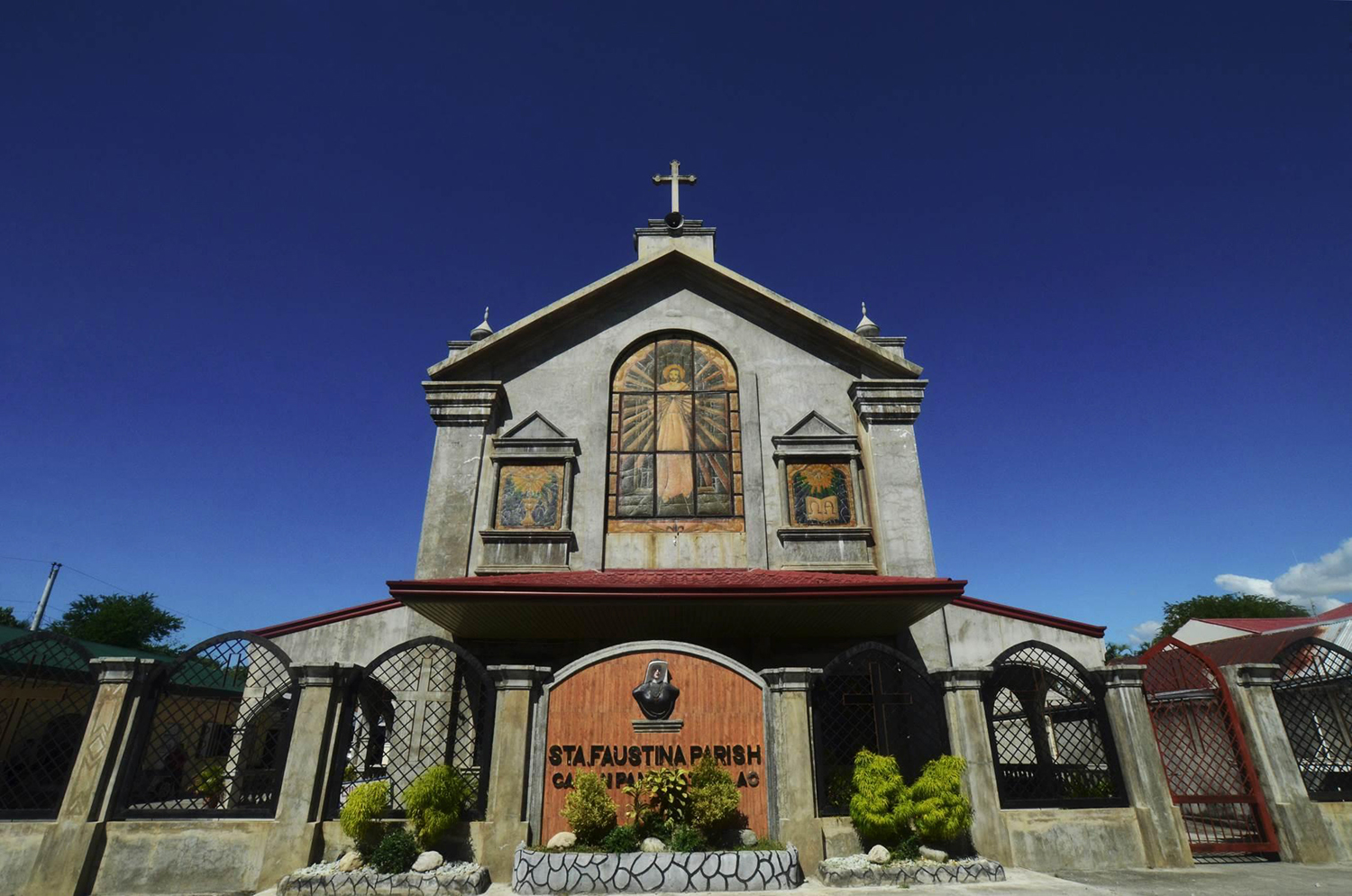
Santa Faustina of the Divine Mercy Parish, located in Barangay Canan, Paniqui, Tarlac, holds the distinction of being the first and only parish in the Philippines and Asia dedicated to Saint Faustina Kowalska.
Established on February 24, 2003, the parish was solemnly dedicated on May 27, 2012.
The church is renowned for its stunning white façade and houses a relic of Saint Faustina, the Polish nun who initiated the Divine Mercy devotion.
Pilgrims from various regions visit the parish, seeking spiritual solace and divine intervention, especially in matters of health, inspired by Saint Faustina's own battle with tuberculosis during her early years as a nun.
Today, Santa Faustina of the Divine Mercy Parish continues to serve as a vibrant center for worship and community activities, embodying the message of Divine Mercy that Saint Faustina propagated.
Learn more here:
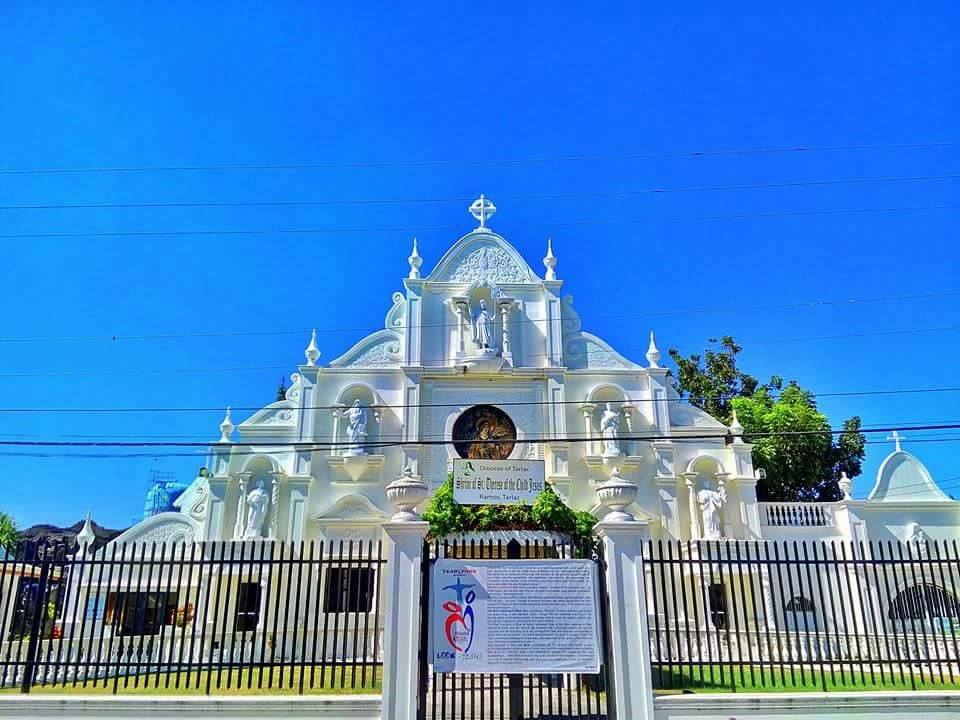
The Shrine of St. Therese of the Child Jesus in Ramos, Tarlac, was originally a small chapel built in 1944 during World War II. Initially, Mass was held only once a month by Dominican priests.
In 1952, it became an independent parish, and in 1995, a new church structure was built with the support of the community and benefactors, including former President Corazon Aquino.
It was officially elevated to a shrine in 2004 by the Diocese of Tarlac.
Today, it is a major pilgrimage site and is known as the "Wedding Capital of Tarlac" due to its beautiful architecture and serene atmosphere.
Learn more here: